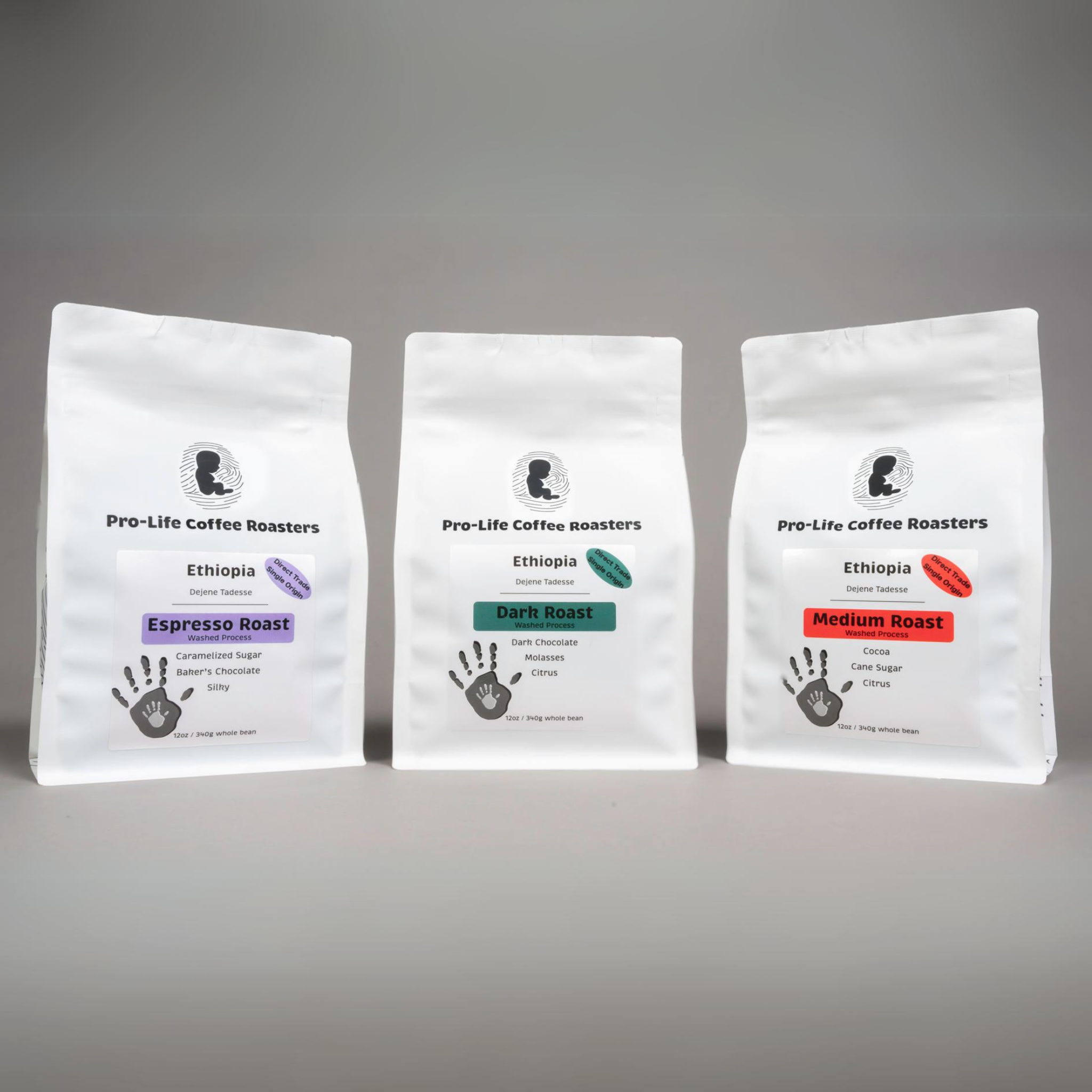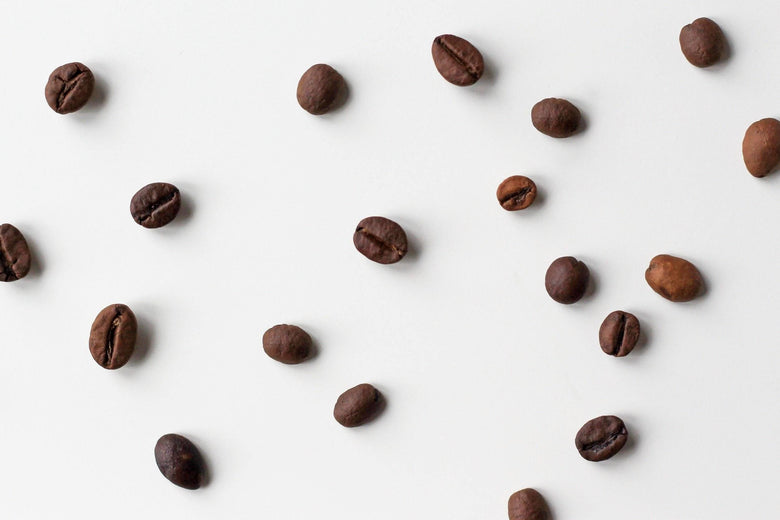Uncovering the Origins Behind Top-Tier SOE Single Origin Espresso
Uncovering the Origins Behind Top-Tier SOE Single Origin Espresso
Blog Article
Comprehending Coffee Beans: the Trip From Espresso to Blended Coffee Beans

The Beginnings of Coffee: A Global Point Of View
While you could assume of coffee as a contemporary staple, its beginnings trace back centuries, intertwining with societies throughout the world. The tale begins in Ethiopia, where tale says a goat herdsman named Kaldi discovered the invigorating impacts of coffee beans after noticing his goats romping energetically after eating them. This stimulated interest, resulting in coffee's spread to Arab investors that cherished the made drink. By the 15th century, it got to Persia, Egypt, and Turkey, where coffee shops became social hubs for conversation and society.
As trade paths increased, coffee made its way to Europe in the 17th century, promptly gaining appeal. Each culture added its unique spin to coffee preparation, improving its history.
Growing and Harvesting of Espresso Beans
As coffee's trip advanced, the focus moved to the growing and harvesting of details bean varieties, specifically those utilized for coffee. You'll find that coffee beans commonly originate from Arabica or Robusta plants, each offering distinctive tastes. The optimal expanding problems consist of high elevations and abundant, well-drained soil, which enhance the beans' quality.
During the harvest, choosing methods vary. In some areas, employees hand-pick ripe cherries, making certain just the most effective fruit goes to processing. In other locations, mechanical farmers are made use of, especially on bigger ranches. When the cherries reach peak perfection for optimum taste., timing is vital; you want to gather.
When collected, the beans are prepared for handling, which is necessary in determining their final taste. Recognizing the growing and collecting processes gives you understanding right into what enters into your favored coffee, enhancing your admiration for every mug.
Handling Methods: From Cherry to Bean
Since you've found out about gathering coffee beans, allow's discover just how those cherries transform into the coffee beans you enjoy. You'll see exactly how different harvesting strategies influence flavor, followed by the essential steps of fermentation and drying out. Ultimately, we'll damage down the milling and grading procedure that determines your coffee's quality.
Harvesting Strategies Described
When it pertains to coffee, recognizing harvesting strategies is vital, because they directly influence the taste and top quality of the beans you appreciate. There are two key techniques: discerning picking and strip selecting. Careful selecting entails hand-picking only ripe cherries, ensuring you get the most effective quality beans. This method usually leads to a richer taste profile, though it's even more labor-intensive. On the various other hand, strip choosing means collecting all cherries at as soon as, no matter perfection. While it's quicker and less expensive, this can result in a mix of flavors, affecting the final item. Eventually, the selection of collecting technique can considerably influence your coffee experience, so it's worth knowing exactly how those beans made it to your cup.
Fermentation and Drying
After collecting, the following action in handling coffee beans play a substantial function fit their taste. You'll discover that fermentation is crucial, as it assists damage down the mucilage surrounding the beans, improving their taste account. Depending on the method, this process can last from a couple of hours to a number of days, with differing outcomes based upon temperature and humidity.
Sun-drying allows the beans to absorb flavors from the setting, while mechanical drying out warranties constant moisture degrees regardless of weather. Appropriate drying is vital to avoid mold and mildew and maintain the beans' high quality, inevitably influencing your cup of coffee.
Milling and Grading Refine
As fermentation and drying out set the phase for taste advancement, the milling and grading process warranties that only the finest coffee beans make it to your mug. This stage entails getting rid of the external layers of the coffee cherry, consisting of the parchment and husk. After milling, the beans are arranged by dimension and weight, making certain an uniform top quality. You'll locate that grading helps identify flaws and classify beans, which influences flavor and scent. Top notch beans receive a greater quality, causing a richer coffee experience. Once rated, the beans await product packaging and shipping, preserving their special attributes. This thorough process is necessary for supplying the extraordinary taste you enjoy in every sip of your favored brew.
Roasting Strategies: Unlocking Taste Potential
When you roast coffee beans, the technique you pick can significantly influence the taste profile. Recognizing the relationship in between time, temperature, and toasting techniques is key to exposing the possibility of your brew. Allow's discover how these elements collaborated to develop the perfect cup.
Roasting Approaches Discussed
While you could assume that all coffee roasting approaches generate the exact same results, the truth is that each method reveals distinct flavor capacities in the beans. Drum toasting utilizes a rotating drum to uniformly distribute heat, boosting caramelization and producing a balanced taste. Air roasting, on the various other hand, circulates hot air around the beans, promoting a lighter roast with pronounced level of acidity.

Influence On Taste Profile
Different roasting techniques not just influence the procedure however likewise significantly impact the taste account of the coffee beans. Dark roasts, on the various other hand, bring out bold, great smoky flavors, sometimes concealing the bean's one-of-a-kind attributes. Recognizing these nuances aids you appreciate the creativity behind your cup of coffee, enhancing your total experience with every sip.
Time and Temperature Level Aspects
To launch the full flavor potential of coffee beans, both recommended you read time and temperature level throughout the roasting process play substantial duties. When roasting, you'll discover that higher temperatures can promptly create flavors, yet if you rush it, you may end up with charred notes. On the other hand, lower temperature levels permit an extra gradual flavor growth, showcasing the beans' unique qualities.

Timing is equally as vital; expanding the roast too long can bring about a loss of level of acidity and brightness, while also short a roast might leave the beans underdeveloped. Locating that pleasant area requires technique and trial and error. By changing these factors, you can disclose the rich, intricate tastes concealed within each bean, developing an absolutely impressive coffee experience.
The Art of Mixing: Crafting Special Coffee Accounts

Beginning by selecting a base coffee that offers a solid structure. A bright Ethiopian bean can bring fruitiness, while a rich Brazilian coffee Full Report includes body.
As you mix, bear in mind that each mix narrates. You're not simply making coffee; you're producing an experience. Take your time, taste regularly, and take pleasure in the journey of uncovering your trademark mix - Single Origin Espresso.
Brewing Techniques: Just How Preparation Impacts Flavor
Blending coffee opens up a domain of flavor possibilities, however just how you make that blend can substantially influence your last mug. On the other hand, a pour-over highlights the coffee's clarity and brightness, excellent for showcasing fragile notes.
Espresso, with its high stress, produces a concentrated shot that highlights sweetness and crema. If you prefer a lighter brew, take into consideration a cool brew approach; it produces a smooth, less acidic preference.
Changing variables like water temperature level, grind dimension, and make time can transform your coffee's profile. Embrace the art of brewing to find the flavors hidden in your coffee blends.
The Future of Coffee: Sustainability and Innovation
As the coffee industry advances, sustainability and development are becoming vital for attending to ecological challenges and meeting consumer demands. You'll notice that even more coffee business are adopting green techniques, from sourcing beans morally to applying lasting farming techniques. These shifts not just aid the planet however also boost the top quality of the coffee you take pleasure in.
You may see innovations like eco-friendly product packaging and water-saving brewing approaches that reduce waste. Advanced modern technology, such as blockchain, is additionally ending up being preferred, guaranteeing openness in the supply chain, which permits you to map your coffee back to its origins.
In enhancement, buying local areas and supporting farmers with fair profession efforts fosters a more sustainable coffee environment. As you drink your next cup, keep in mind that your options can add to a brighter future for coffee. By selecting lasting brands, you're not simply taking pleasure in a beverage; you're making a favorable effect on the world.
Often Asked Questions
What Is the Distinction In Between Arabica and Robusta Beans?
Arabica beans are smoother, sweeter, and have a higher acidity, while robusta beans are more powerful, extra bitter, and consist of even more caffeine. You'll discover these distinctions in taste and scent when brewing your coffee.
How Does Altitude Affect Coffee Bean Flavor?
Altitude influences coffee bean taste substantially. Higher altitudes produce beans with brighter level of acidity and facility tastes, while reduced altitudes typically produce beans that are heavier and less nuanced. You'll notice these distinctions in your mug!
What Are the Health And Wellness Benefits of Alcohol Consumption Coffee?
Drinking coffee can boost your power, boost psychological emphasis, and even enhance physical efficiency. It's rich in anti-oxidants, might decrease the threat of particular diseases, and can promote a healthier metabolic process when consumed in small amounts.
Can Coffee Beans Be Reused for Brewing?
Yes, you can reuse coffee beans for brewing, but the flavor may be weak. If you appreciate experimenting, try reusing them in different means, Home Page like cold mixtures or including to smoothie mixes for an additional kick.
Just how Should I Store Coffee Beans for Quality?
To keep your coffee beans fresh, keep them in a closed container in an awesome, dark place. Stay clear of revealing them to warm, dampness, or light, as these variables can rapidly deteriorate their taste and aroma.
Understanding Coffee Beans: the Journey From Espresso to Blended Coffee Beans.
Currently that you have actually discovered about harvesting espresso beans, let's discover just how those cherries change right into the coffee beans you like.When you roast coffee beans, the method you choose can substantially influence the taste profile - Single Origin Espresso.While you might think that all coffee toasting methods yield the very same results, the truth is that each method reveals special flavor potentials in the beans.Different roasting approaches not only affect the procedure but additionally greatly influence the flavor account of the coffee beans
Report this page